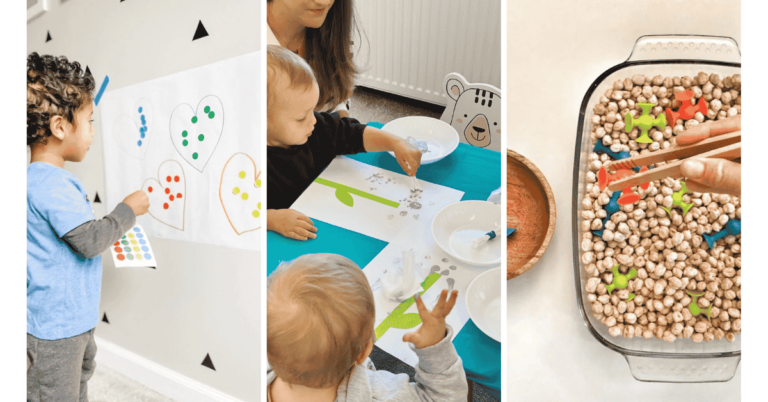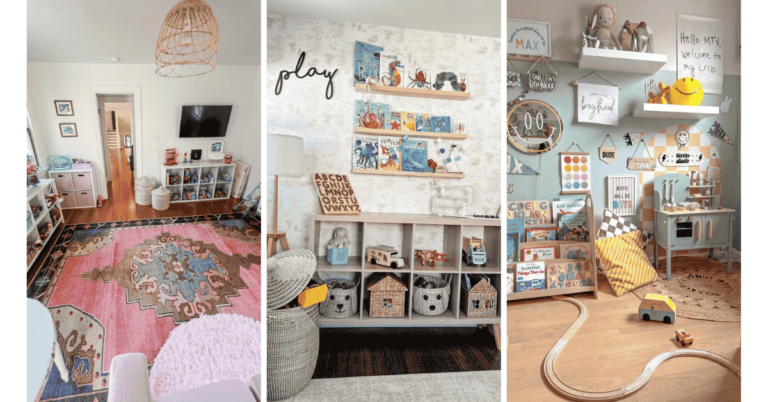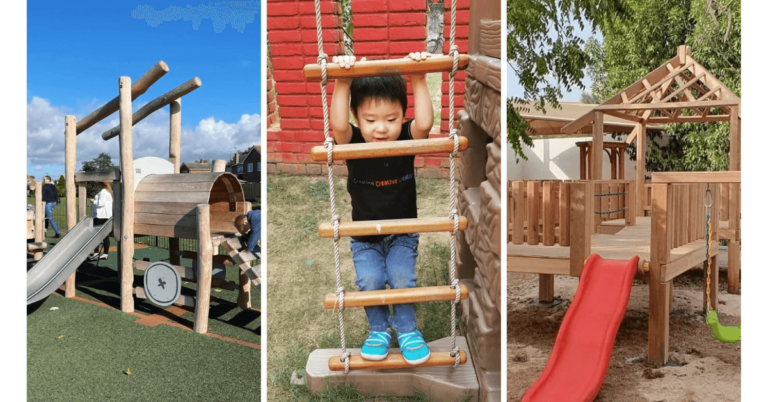How to Easily Relax Your Toddler Before Bedtime

The bedtime struggle is real. One minute your toddler is bouncing off the walls, and the next minute you’re both exhausted from the nightly battle to get them to sleep. Sound familiar?
You’re not alone. Many parents find themselves locked in bedtime battles with their little ones, wondering why something so natural feels so difficult. The good news? A consistent, calming bedtime routine can transform these stressful moments into peaceful transitions that work for the whole family.
Children thrive on predictability, and toddlers especially benefit from routines that help their bodies recognize when it’s time to wind down. Let’s explore proven strategies that can help you create a bedtime routine that actually works.
Create a Consistent Routine
Consistency is the foundation of successful bedtime routines. When your toddler knows what to expect, they’re less likely to resist each step of the process.
1.Use a Visual Schedule
Visual schedules work wonders for toddlers who are still developing their understanding of time and sequence. Create a simple chart with pictures showing each step of your bedtime routine: bath time, brushing teeth, putting on pajamas, story time, and lights out.
Place this schedule where your child can easily see it. Point to each step as you complete it together. This visual reminder helps your toddler understand what comes next and reduces anxiety about the unknown.
2.Prepare for the Next Morning
Include preparation time in your evening routine. Help your toddler lay out their clothes for the next day, pack their backpack if they attend daycare, or organize their favorite toys. This simple step serves two purposes: it eliminates morning stress and gives your child a sense of control and independence.
3.Set a Timer
Timers can be game-changers for managing bedtime expectations. Set a timer for each activity—10 minutes for bath time, 15 minutes for story time, or whatever works for your family. When the timer goes off, your toddler knows it’s time to move to the next step.
This approach helps avoid the dreaded “just one more book” or “five more minutes” negotiations because the expectations are clear from the start.
Wind-Down Activities That Actually Work
The hour before bedtime should signal to your toddler’s body and mind that sleep is approaching. These calming activities can help make that transition smoother.
1.Warm Bath Time

A warm bath serves as a natural muscle relaxer and can help wash away the day’s excitement. The temperature change when your child gets out of the bath actually helps their body temperature drop, which signals the brain that it’s time to sleep.
Consider adding lavender-scented bath products, which have been shown to promote relaxation. Keep the bathroom dimly lit and speak in quieter tones to maintain the calming atmosphere.
2.Gentle Lotion Massage
After bath time, apply lotion with gentle massage movements. This sensory activity helps your toddler’s nervous system calm down while providing the comforting touch they crave. Pay attention to your child’s preferences—some children prefer firmer pressure, while others respond better to light touches.
Focus on their arms, legs, and back with slow, rhythmic movements. This routine also provides an opportunity for quiet connection time between you and your child.
3.The “Kiddo Sandwich” Game
This playful activity provides deep pressure input that many toddlers find incredibly soothing. Have your child lie down on a soft surface like a bed or couch. Use pillows or blankets to create a “sandwich” by placing gentle pressure on their body.
You can make it fun by pretending to add “ingredients” like lettuce, tomatoes, or cheese while applying gentle pressure. This deep pressure input helps activate the parasympathetic nervous system, promoting relaxation and calm.
4.Play Calm Music
Soft, slow music can help signal to your toddler’s brain that it’s time to slow down. Choose instrumental music, nature sounds, or gentle lullabies. Keep the volume low and consistent throughout the bedtime routine.
Some families find success with white noise machines or apps that play consistent, soothing sounds throughout the night.
5.Dim the Lights

Bright lights can interfere with your body’s natural production of melatonin, the hormone that helps us feel sleepy. Start dimming lights throughout your home about an hour before bedtime.
Use soft nightlights in hallways and bedrooms instead of overhead lights. This gradual transition helps your toddler’s body prepare for sleep naturally.
Address Bedtime Concerns
Sometimes toddlers resist bedtime because they have worries or anxieties they can’t express. Creating space to address these concerns can make bedtime much smoother.
1.Keep a Bedtime Notebook
Place a small notebook near your child’s bed and encourage them to share their thoughts about the day. For younger toddlers, this might mean drawing pictures of their feelings or telling you about their day while you write it down.
Older toddlers can help you write simple phrases or even attempt to write themselves. This practice helps clear their minds of racing thoughts and provides a sense of closure to the day.
2.Use Family Photos

Separation anxiety often peaks at bedtime when children realize they’ll be alone in their room. Combat this by creating a small photo album or wall display featuring family members and beloved pets.
Look through the photos together during your bedtime routine. Say goodnight to each person in the pictures. This simple ritual helps your toddler feel connected to their loved ones even when they’re alone in their room.
The Power of Touch
Physical touch releases oxytocin, often called the “cuddle hormone,” which promotes feelings of safety and relaxation. Incorporating positive touch into your bedtime routine can significantly improve your toddler’s ability to settle down.
1.Cuddle Time
Build in dedicated cuddle time during your bedtime routine. This might happen while reading stories, singing lullabies, or simply lying together quietly. The key is making this time pressure-free and enjoyable for both of you.
2.Massage Techniques
Simple massage techniques can be incredibly effective for helping toddlers relax. Try gentle circular motions on their back, light strokes on their arms and legs, or soft scalp massage. Watch your child’s responses to determine what they enjoy most.
You don’t need any special training—just use gentle, loving touches that feel good to your child.
3.Weighted Blankets

Some toddlers benefit from the deep pressure provided by weighted blankets designed specifically for their age and weight. These blankets can help children feel secure and grounded, making it easier for them to fall asleep.
Always consult with your pediatrician before introducing a weighted blanket, and make sure to choose one that’s appropriate for your child’s size and age.
4.Pressure Hugs
Some children crave deep pressure input, especially those who seem to have endless energy. Try giving your toddler firm, sustained hugs that provide gentle pressure to their whole body.
You can also try gentle compression by having your child lie down while you apply steady, even pressure with your hands on their back or arms. This type of sensory input can be incredibly calming for many toddlers.
Building Better Sleep Habits for Everyone
Remember that creating a successful bedtime routine takes time and patience. Every child is different, and what works for one family might need adjusting for another. The key is consistency and finding the right combination of activities that help your specific child wind down.
Start by choosing just one or two strategies from this list rather than trying to implement everything at once. Give each new routine at least a week to become established before making changes.
Most importantly, try to stay calm and patient during this transition period. Your toddler will pick up on your stress levels, so taking care of your own emotional state is just as important as following the perfect routine.
Peaceful bedtimes are possible, and with consistent effort, you can transform those nightly battles into cherished moments of connection and calm. Sweet dreams are waiting for both you and your little one.






